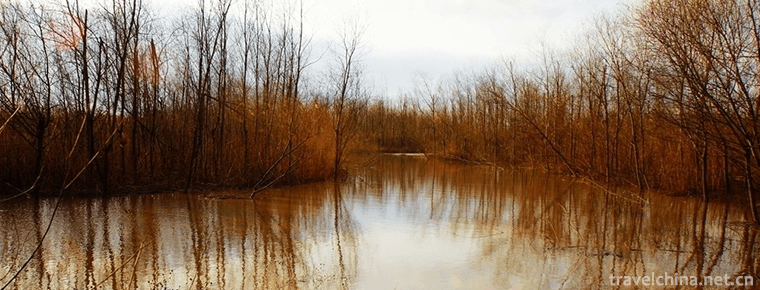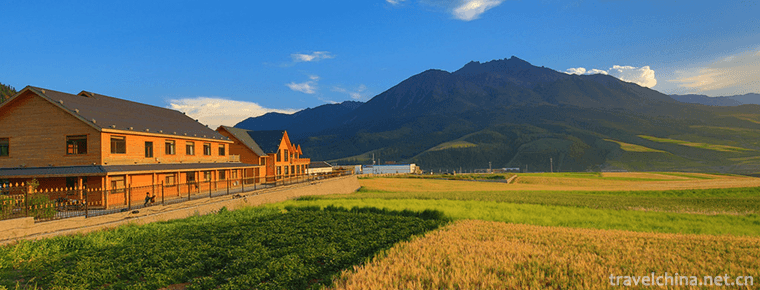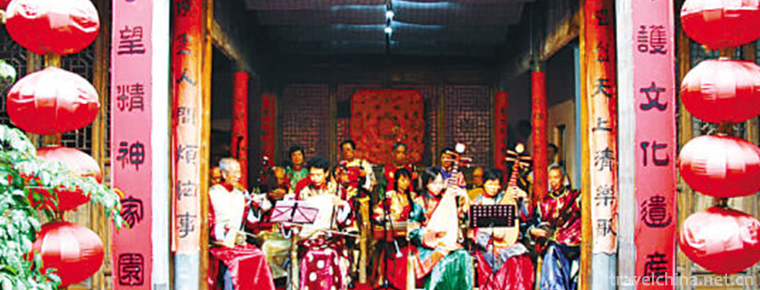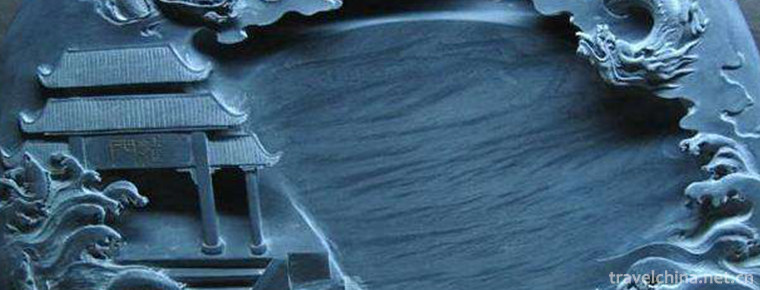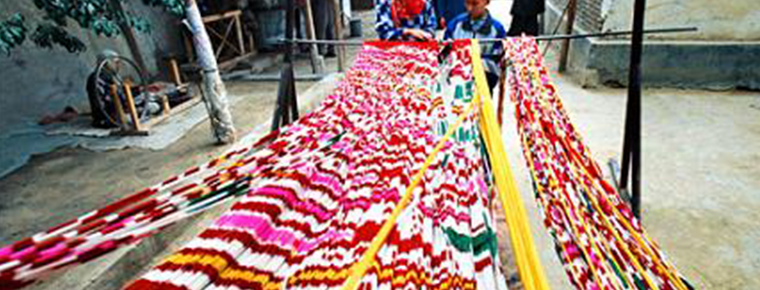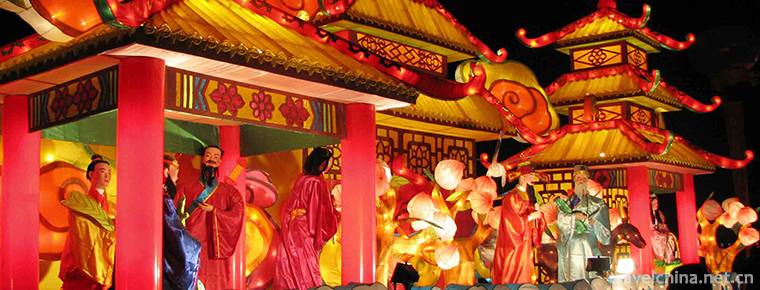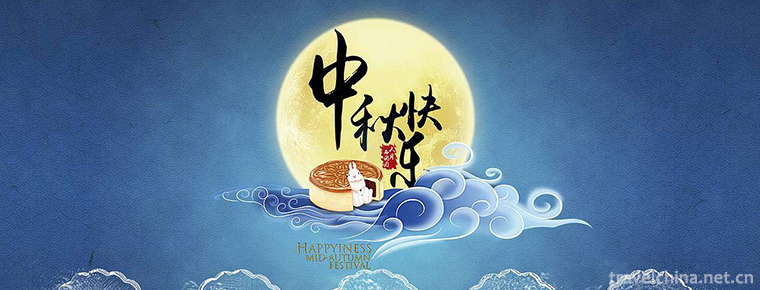Ancient Clock Repair Skills
Ancient Clock Repair Skills
Behind the Cining Palace in the Palace Museum of Beijing, there is a row of red pillars and grey tiles. A group of "craftsmen" have been dealing with the treasures of the deep palace from time to time in this tranquility. Among them, Wang Jin and Zhang Haonan's ancient clockwork repair technique is the only feat of the Palace Museum without fault in more than 300 years. In December 2014, this skill was listed in the fourth batch of national intangible cultural heritage list. If the calculation begins after the founding of the People's Republic of China, Wang Jin is the third generation of inheritance of ancient clocks and watches restoring non-legacy skills, while Haonan is the fourth generation.
A clocks and watches to be repaired need to be photographed, recorded and repaired. After disassembly, cleaning, repairing, assembling and debugging, the clocks and watches can be stored in the warehouse until they are in normal operation. Relatively simple repairs of ancient clocks and watches often lasted several months, and difficult ones even had to be repaired intermittently for one year. Wang Jin sat in his office every morning for eight to five days, dealing with dusty cultural relics for decades.
On this day, Wang Jin carefully photographed a "tortoise tower with silver and bronze flower clock" from all angles, then removed its label, picked out the protective cotton wadding bit by bit, and studied the scheme that could make it work again. His apprentice, Haonan, stood beside him, and wrote on his palace museum cultural relics restoration and protection voucher: gluing the shell, restoring the function of the machine parts.
At the age of 35, Haonan has been in the palace for more than 10 years. In less than five years, Wang Jin will reach the retirement age. Outside, some organizations have thrown high-paid olive branches to Wang Jin. "You can't live without it! I've been here for almost half my life, and I want to continue to pass on the repair techniques here. Wang Jin told reporters with a smile that he did not stop his work when he spoke.
In the afternoon, the clocks and watches hall in Fengxian Palace of the Palace Museum, where the awakened memory of the time of the Palace Museum meets the world. By contrast, the clocks and watches in Xisanli are so quiet that the sun shines through the white blinds, tweezers and watchcore parts are rubbed gently, and the craftsmen are pursuing the echo of history here.

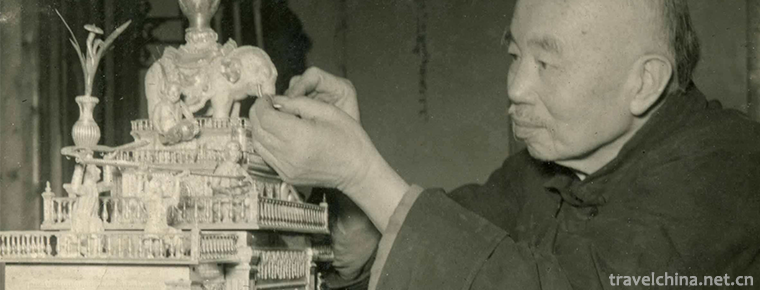
-
Harbin Sun Island Scenic Area
Sun Island Scenic Area is located on the North Bank of Songhua River in Harbin City, Heilongjiang Province, with a total area of 88 square kilometers, of which the planned area is 38 square kilometers.
Views: 120 Time 2018-12-05 -
Cheng Yang eight Zhai
Chengyang Bazhai is located in Sanjiang Dong Autonomous County, Liuzhou City, Guangxi, 19 kilometers away from Sanjiang County. There are eight natural villages in Chengyang Bazhai, commonly known as .
Views: 94 Time 2019-01-05 -
Xisha Wetland of Pearl Lake
Located in Luhua Town, west of Chongming Island, Shanghai Mingzhu Lake is the largest natural inland lake on the island. It is also the main area of western water recreation .
Views: 156 Time 2019-02-07 -
Qilian Mountain National Nature Reserve
Gansu Qilian Mountain National Nature Reserve is located at the northern foot of Qilian Mountain in the intersection zone of Qinghai-Tibet, Mongolia.
Views: 167 Time 2019-02-07 -
Tune in the sea
Linhai Ci Tune, also known as Taizhou Ci Tune, Talent Ci Tune and Xianhe Tune, is developed from Nanci, Kunqu and Taizhou local folk minor. It is one of the folk songs of Taizhou, Zhejiang Province. I.
Views: 246 Time 2019-05-13 -
Miao painting
Miao painting, as one of the representatives of Miao culture in Western Hunan, has the characteristics of Miao nationality and is mainly popular in the Miao area of Western Hunan. Miao painting origin.
Views: 126 Time 2019-06-05 -
Inkstone making skills
Inkstone making skills, local traditional handmade inkstone making skills in Shexian County of Anhui Province and Wuyuan County of Jiangxi Province, is one of the national intangible cultural heritage.
Views: 140 Time 2019-07-01 -
Weaving and Dyeing Techniques of Adlais Silk
Adlais silk is produced in Jiya Township, Luopu County, located in the northwest of Luopu County, on the East Bank of the middle and lower reaches of the Yulong Kashi River. Ancient Hetian was the tra.
Views: 425 Time 2019-07-06 -
The Lantern Festival
Lantern Festival, also known as the Lantern Festival, the Little January Festival, the Lantern Festival or the Lantern Festival, is one of the traditional festivals in China. The first month is the fi.
Views: 321 Time 2019-07-16 -
Mid Autumn Festival
Mid-Autumn Festival, also known as Moon Eve, Autumn Festival, Mid-Autumn Festival, August Festival, August Meeting, Moon Pursuit Festival, Playing Moon Festival, Moonworship Festival, Daughter's Festi.
Views: 130 Time 2019-08-03 -
Borneol Bridge
Luxian county is the "hometown of dragon culture" and "the hometown of Longqiao" in China. There are hundreds of ancient Longqiao bridges in the Ming and Qing Dynasties in Luxian County, which is the largest group of Longqiao in China and even in the world..
Views: 143 Time 2020-10-16 -
Guangan scenic spot
By 2018, there are 24 A-level scenic spots in Guang'an City, of which Deng Xiaoping's hometown is a national 5A scenic spot, and six scenic spots, including Huaying Mountain tourist area, Shenlong mountain Ba Ren stone city, baozhensai, Tianyi Vall.
Views: 327 Time 2020-12-19


